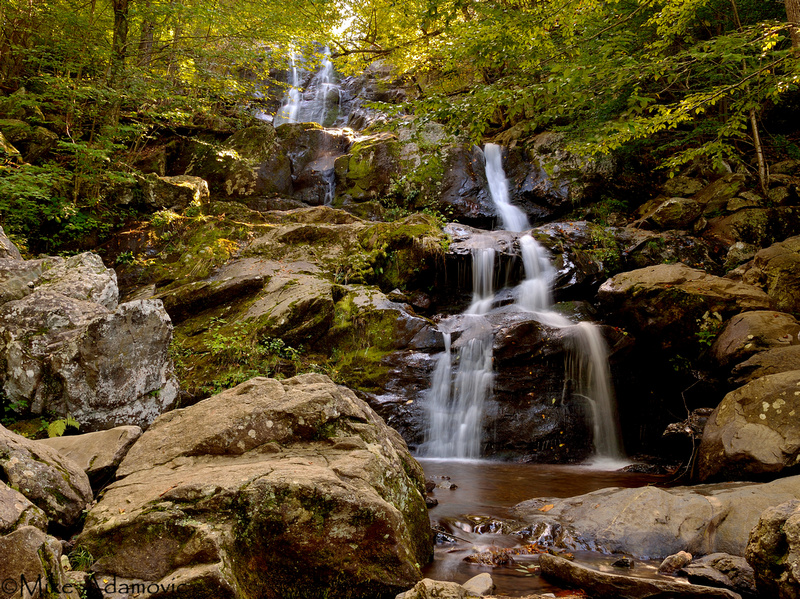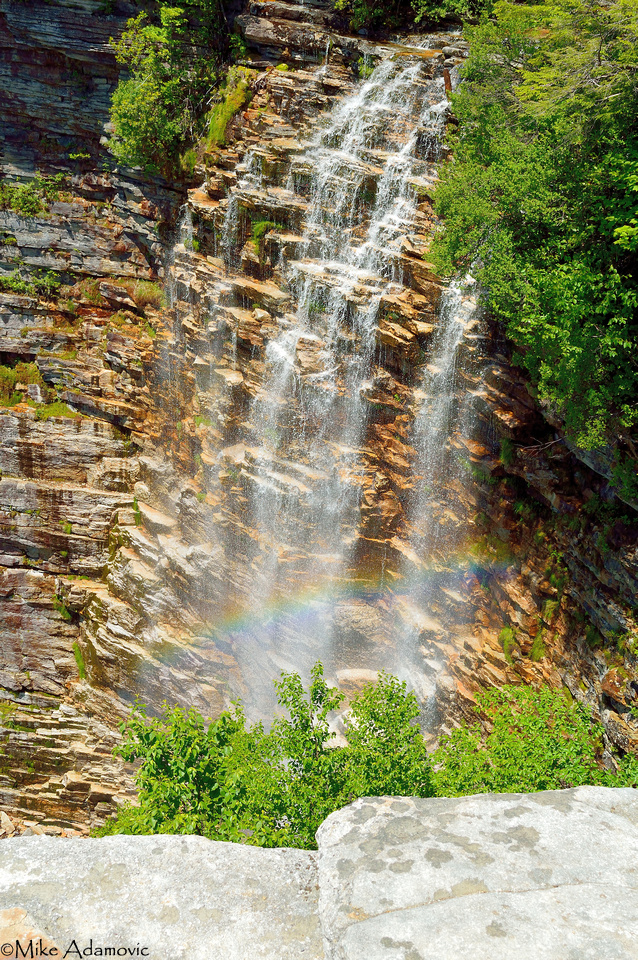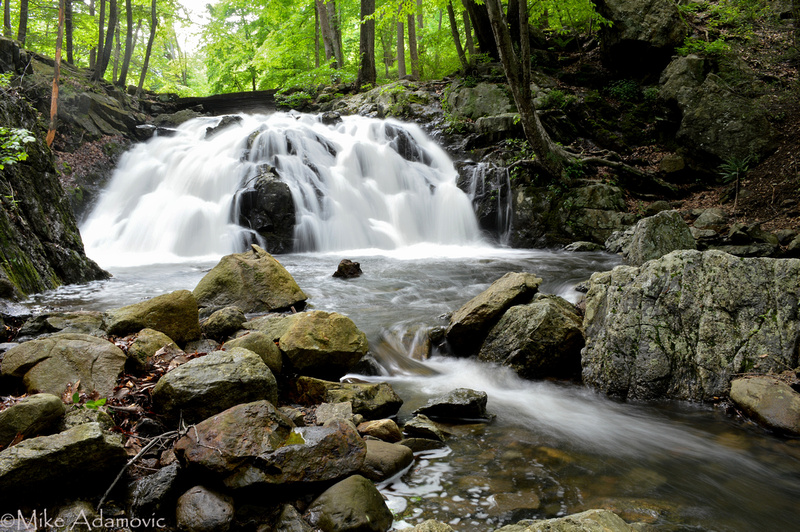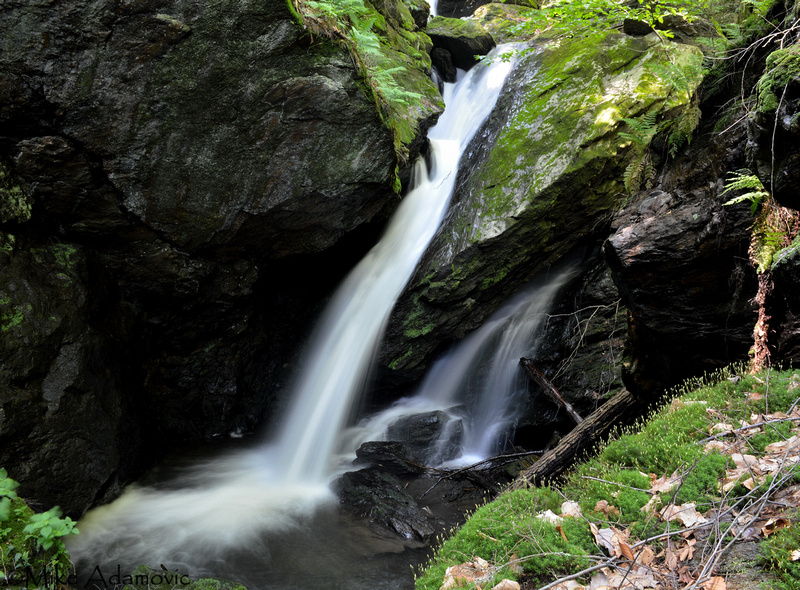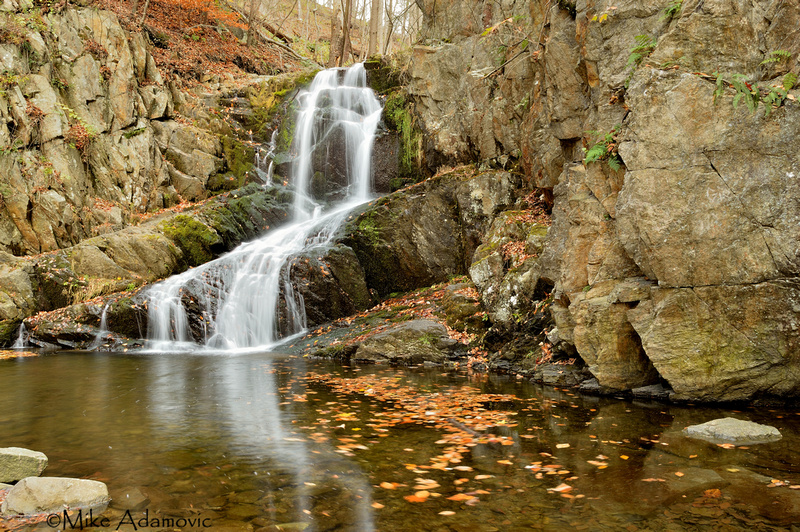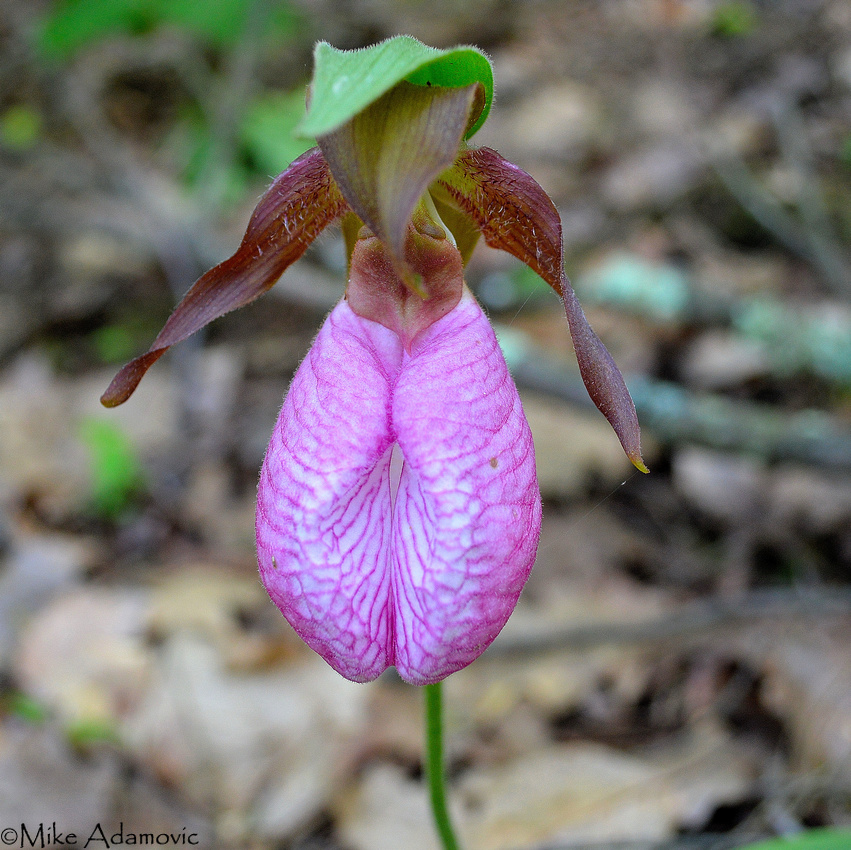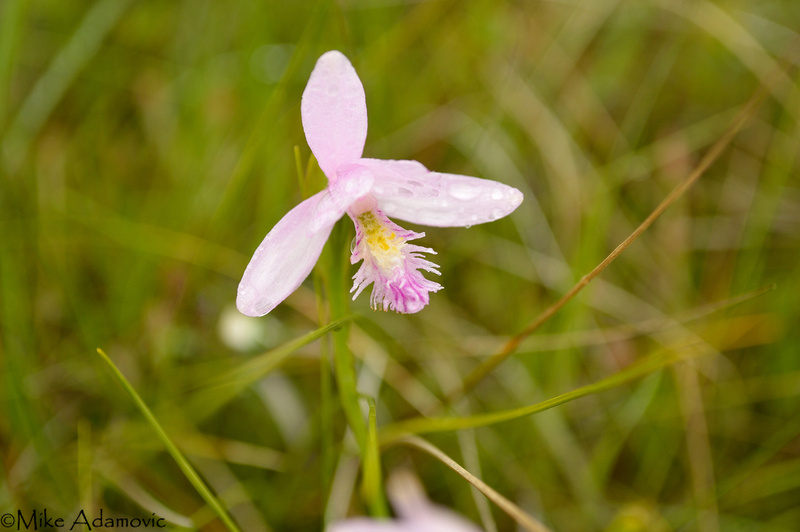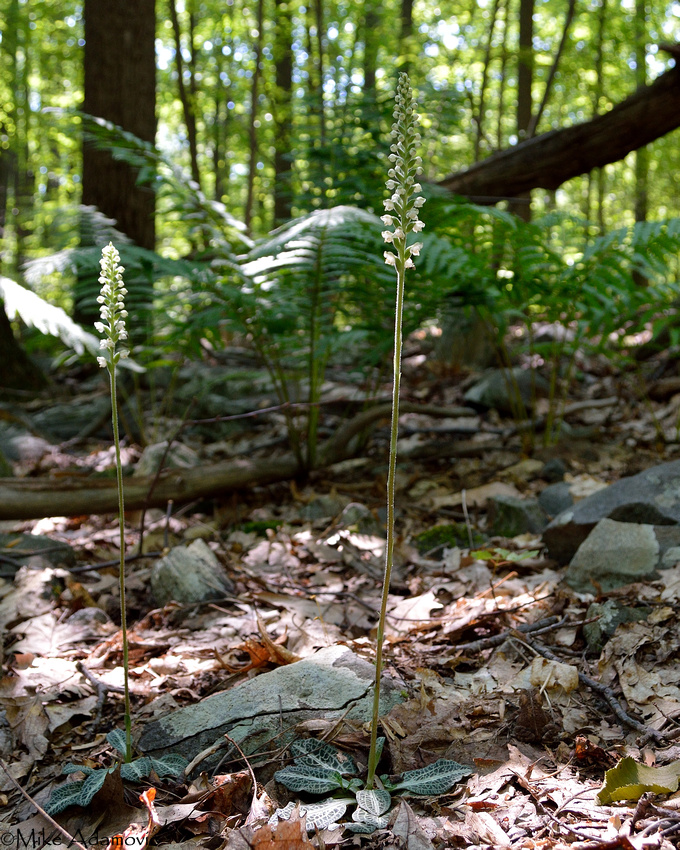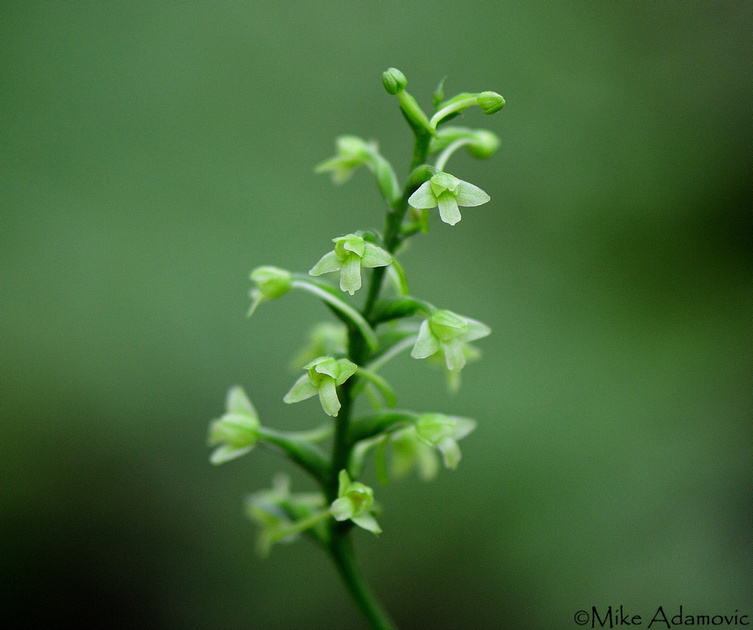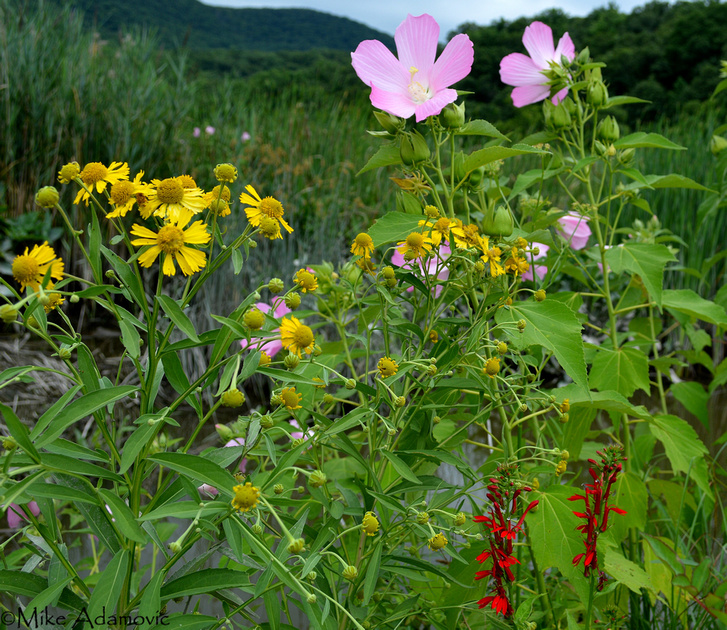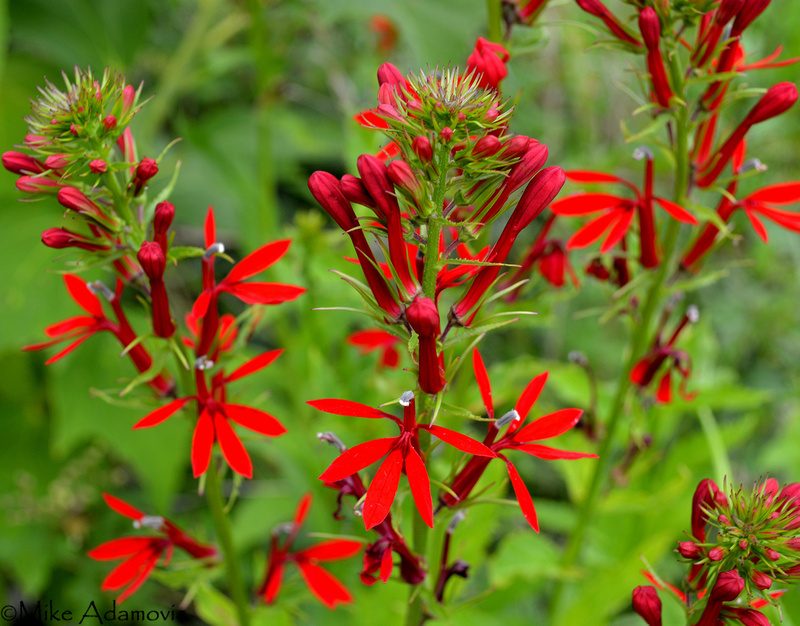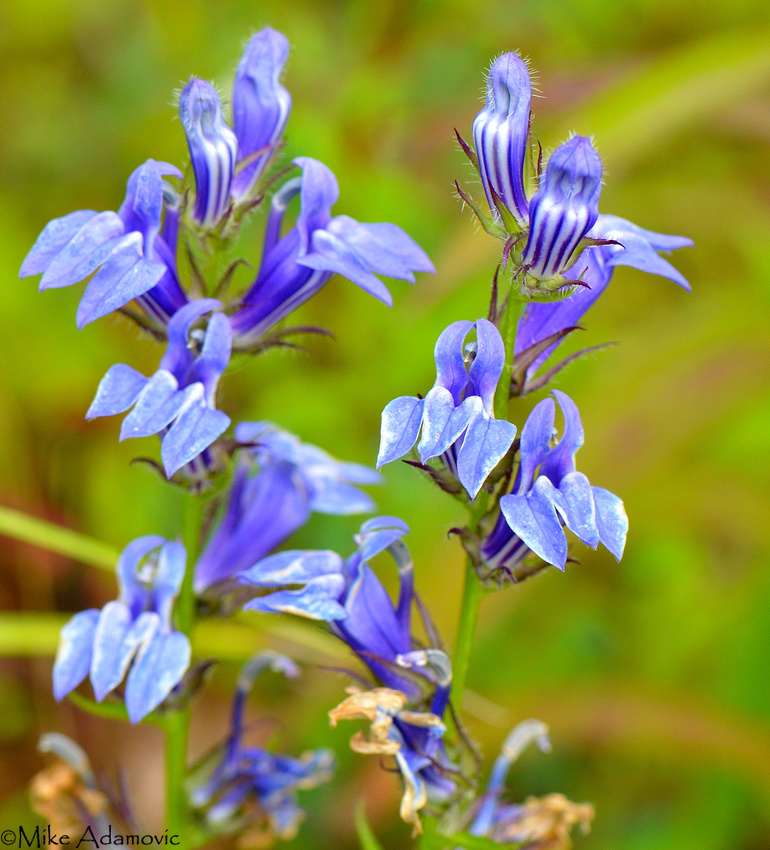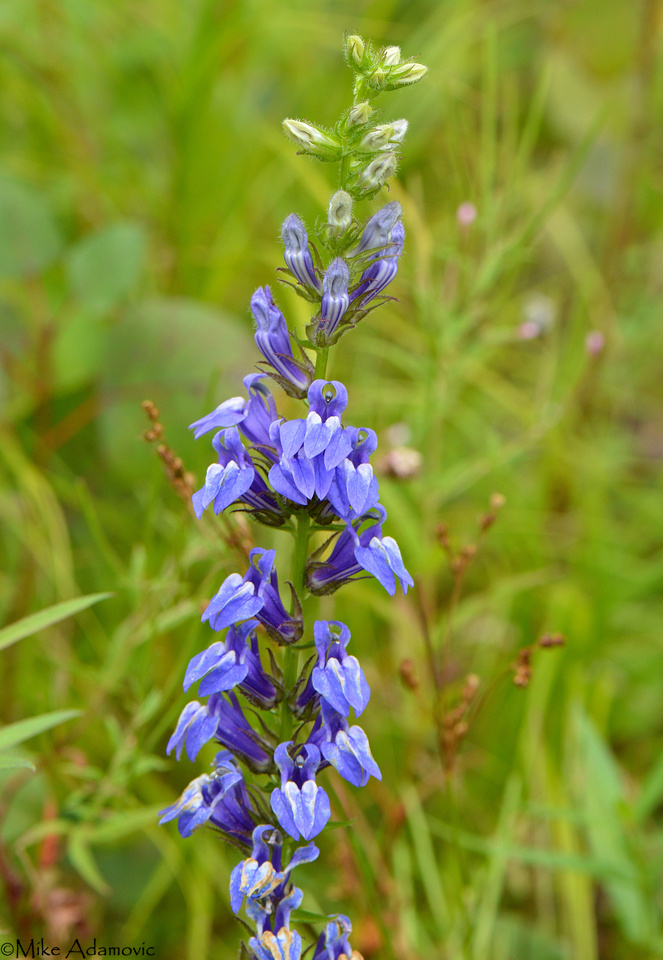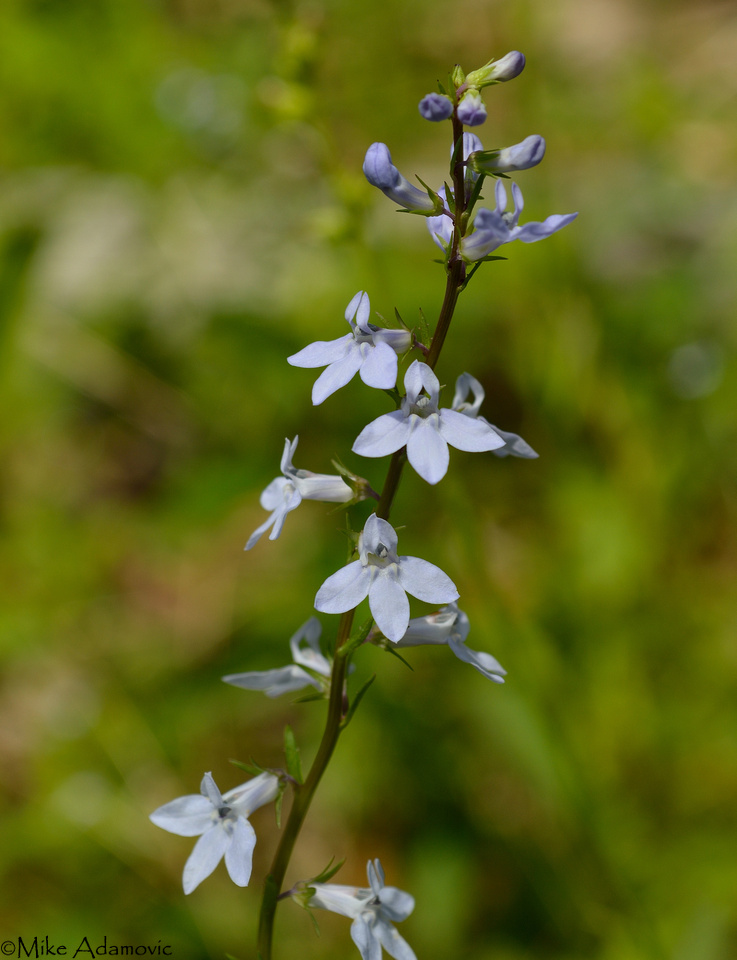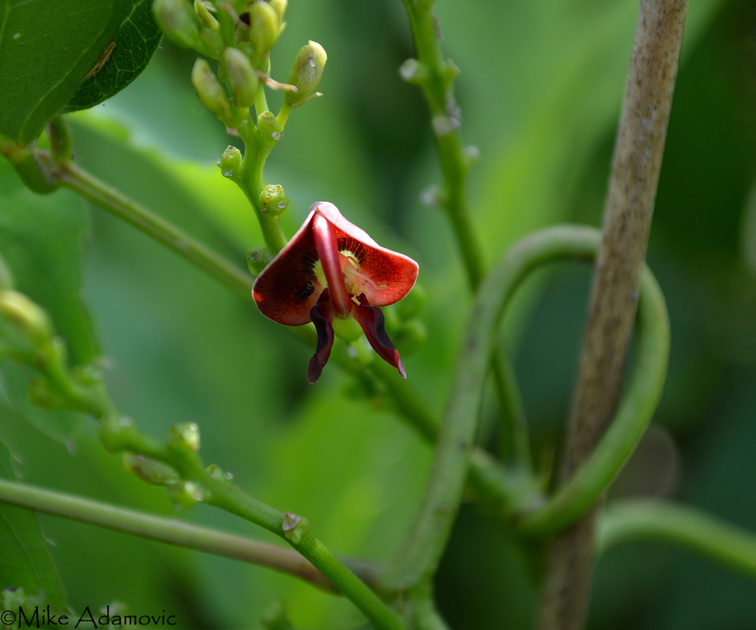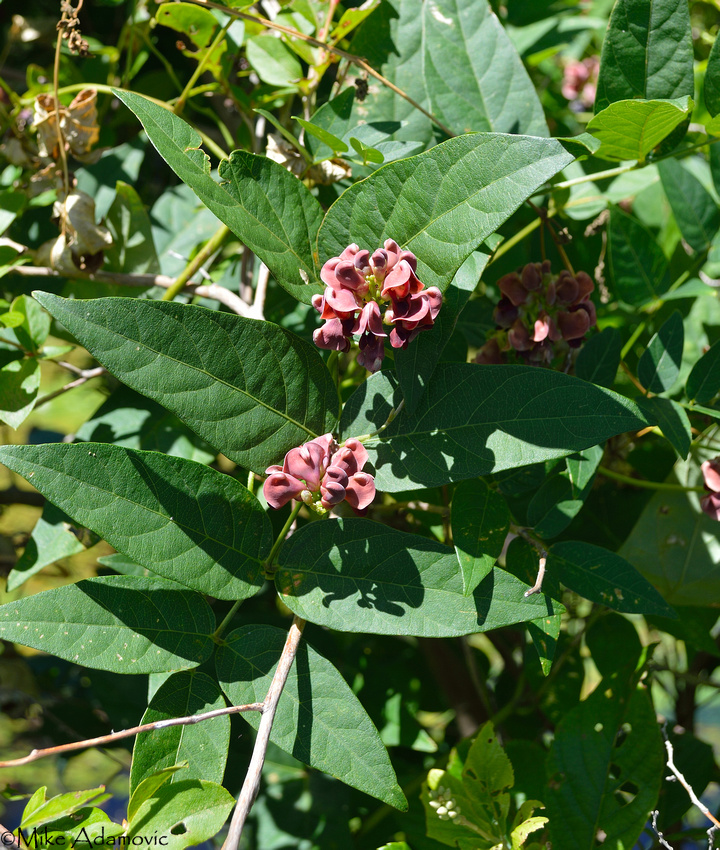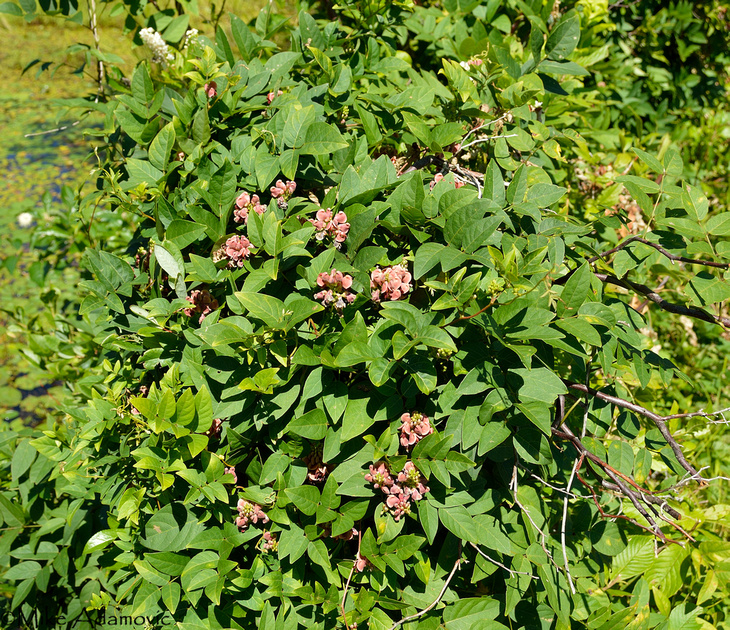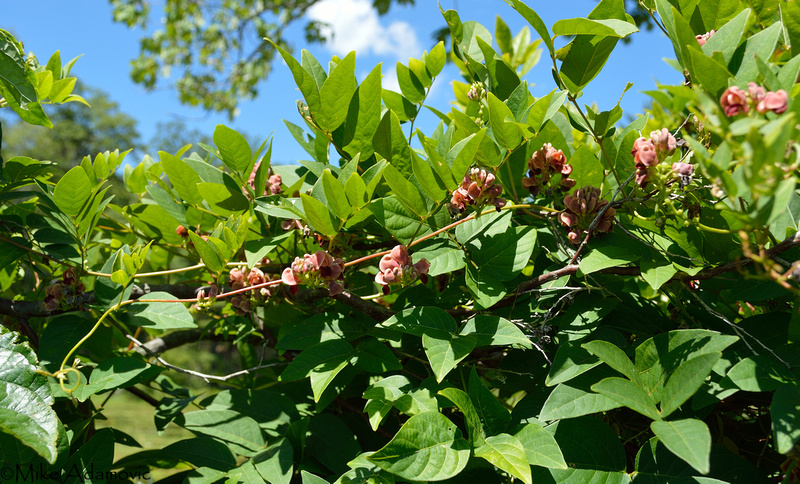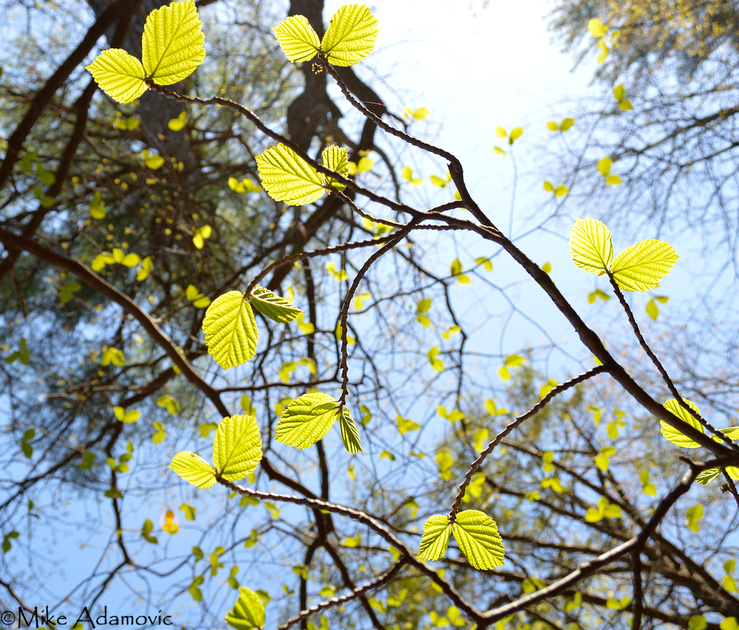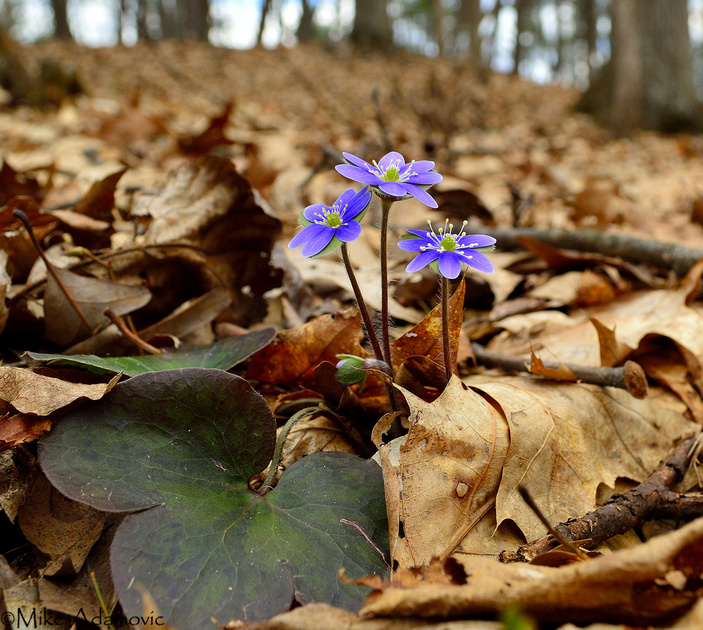Waterfalls
There’s something deeply captivating about waterfalls. The raw and intense power each wields as it drops its silvery contents from headlong height, where its forceful tumbling on rocks below produces a potent roar that from a sufficient distance morphs into a gentle, soothing voice that carries with it cool and damp restorative breezes, is something grand and enthralling. We can’t help but revere these uncommon natural splendors, not only for the visual and audial thrill, but as the landscape painter and writer Thomas Cole indicated, by the impression they make on the mind. In his essay "American Scenery," Cole expresses that “in gazing” on these natural artworks, “we feel as though a great void has been filled” so that “our conceptions expand” and “we become a part of what we behold!”
Verkeerderkill Falls (Sam's Point Preserve)
Orchids
Pink Lady's Slipper
Loved for their peerless beauty, delicate sculpture-like form, and seemingly exotic attributes, orchids are often revered above all other wildflowers. Witnessing one thrive in the wild, whether a common or rare species, is an exhilarating experience not soon forgotten, especially when one comes to know and appreciate the complex mechanisms at play behind their existence.
Rose Pogonia
The Hudson Valley is home to numerous native orchids, along with several non-natives. Nearly every habitat type is sure to harbor at least a few varieties, if you know where and when to look. Similarly to the spring ephemerals, these flowers often have fleeting lives.
Small Whorled Pogonia
The Hudson Valley population consists of a mere 6 individuals and fluctuates constantly. Not every individual emerges on a yearly basis. Oftentimes plants will lay dormant due to poor environmental conditions, needing to recuperate from a previous year’s energy-intensive blooming, or an unknown stress. Small whorled pogonia is exceedingly rare throughout all its range, and has been listed as a federally threatened species as a result.
Small Whorled Pogonia
Downy Rattlesnake Plantain
Little Club-spur Orchid
To view more orchid photos, visit the "Rare and Unusual Plants" album under the galleries tab. The Colorful Lobelias
During the latter half of the summer season flowers of the genus Lobelia first make their appearance, adding gaudy splashes of color to the overwhelmingly verdant surroundings that take hold of the landscape after the last of the vibrant spring ephemerals have faded away and before the tawny autumnal tints arrive. Coming in an unusually varied and vivid bunch, the hues garnered by this genus can easily be mistaken as originating from some foreign or tropical locale, particularly when it comes to cardinal flower and great blue lobelia, the brightest and showiest of the group, which resemble imported garden escapees. But, in reality, these vibrant reds and blues that glow as brightly as neon lights in our seemingly tempered forests and wetlands are in fact native to the U.S. Awarded the honor of “America’s favorite” by Roger Tory Peterson in his wildflower field guide, it’s easy to see why the fiery-red cardinal flower has gained such an impressive reputation. Standing between 2-5 feet tall with a color brighter than even the bird endowed with the same name, it’s unlikely to go unnoticed. Moreover, each plant usually bears a dozen or more blossoms along the plant’s slender spike that rises above all surrounding herbaceous vegetation; such floral extravagance “dazzles you,” as Thoreau voiced. John Burroughs, another poet-naturalist, in upstate New York, was similarly impressed with the species—enough so to write a poem about the cardinal flower in which he described the vivid plant a “heart-throb of color.”
This color comes in handy for attracting ruby-throated hummingbirds, the cardinal flower’s chief pollinator and sole hummingbird species native to the Northeast. As one of the few northern plants possessing red flowers—the hummingbirds color of choice—it’s the main reason these birds have been able to successively colonize our region. Both species find themselves mutually reliant on one another, and, not surprisingly, therefore have closely overlapping ranges. A decline of either species will inevitably result in a similar loss for the other. The shape of the tubular flowers have evolved to facilitate pollination by long-tongued creatures. Aside from hummingbirds, butterflies appear to be the only other pollinator capable of extracting the deeply sequestered nectar. The derivation of the plant’s name is not what you might think. While it’s tempting to conclude that the flower was named after the scarlet bird, or vice-versa, the naming of both actually harkens back to Europe. Clerics of the Catholic Church, called cardinals, wear cloaks of an identical hue—whence comes the name. On the other side of the color spectrum lies the great blue lobelia, a plant hardly less impressive than its scarlet-tinted cousin, sporting flowers imbued with a twilight azure of fading evening skies. Eloise Butler, an early 20th Century botanist, describes it filling late summer meadows “in such opulence” that the surroundings morph into an artwork seemingly “gemmed with lapis lazuli and rimmed with goldenrod.” This species is smaller, but more robust than the slender 3-6 foot tall cardinal flower, having its inch long blossoms more tightly packed and condensed. With these concentrated features its color presentation is dramatic and indeed gem-like.
As red attracts hummingbirds, blue, it seems, is the prime color to draw bees. Evolutionary speaking, it’s generally thought to be the most advanced flower color. Green emerged first, and then with a linear progression, white and yellow, red, and lastly the deep and enigmatic blues, developed. While bees are the main pollinators, hummingbirds will pay the occasional visit, although the stouter flowers favor pollination by the former. The plant’s Latin name, siphilatica, is in reference to it having been used in years past as a treatment for syphilis. Native Americans held its efficacy in high enough esteem that enterprising colonizers had it exported overseas. European physicians, however, failed to find it of any use.
Various tribes also believed it to possess magical qualities. Legend has it that if L. siphilatica is dried, ground into powder, and thrown into the winds of an approaching storm, it has the power to render them benign. The Iroquois steeped the plant in hot water and drank a concoction of it at night to ward off spells and other bewitchments. Lobelia inflata, commonly known as Indian tobacco, is another related species which has been used for a multitude of restorative purposes. Unlike the name suggests, the plant was not recreationally used; it was smoked only occasionally for medicinal purposes. Aboriginal inhabitants employed it mainly to treat asthma and other lung ailments. Ironically, modern research has shown the plant contains an alkaloid which has the potential to help smokers quit.
Its other chief use was as an emetic, meaning it induces vomiting. Other names for the plant consist of gagroot, puke and vomitweed. The plant has such an acrid taste that even the most ravenous livestock will avoid it. The ever-curious Thoreau himself tried the plant once noting that “tasting one such herb convinces me that there are such things as drugs which may either kill or cure.” A tea made from the leaves is so potent that in 1879 a Canadian farmer was confident enough in the plant’s ability to cause vomiting that he was recorded as humorously betting a team of horses that drinking the liquid would do the trick. Numerous historical accounts attest to its efficacy for such purgative purposes. Indian tobacco’s diminutive ¼ inch long flowers are studded along the length of the upright spike with a density much lower than the lobelias already described and bear a purple pastel coloration. Due to these factors, it’s by far the most frequently overlooked in the bunch, although its distinctive inflated seed pods, similar in appearance to small unripe grapes, make it easy pick out among a mass of vegetation. Though prized more for its medicinal merits than its beauty, an up-close look at its finely crafted blossoms is sure to draw admiration and respect. All three plants can be found in bloom from August to September. Indian tobacco arrives a bit sooner, sometimes as early as mid-July and thrives in drier woodland habitats less conducive to its soggy-dwelling brethren. It’s not unusual to spot individuals growing in thin soils along rocky trails on the sides of mostly xeric mountains. Cardinal flower and great blue lobelia, in contrast, prefer much moister environs, usually inhabiting the borders of streams, rivers, and other perpetually damp areas offering abundant sunlight. It’s certainly not much of a challenge to find these plants in areas in which they grow. All stand tall and erect with an air of confidence, matured from the flowers of spring that barely rear their shy heads above the detritus of the forest floor. As the year progresses each successive burst of flowering plants must reach higher than their predecessors if they wish to be seen and pollinated. They must keep in step with the ever-rising herbaceous vegetation that surrounds, consisting mostly of grasses and weeds, which by the time the lobelias put forth flowers can reach waist height or higher. With all the energy these plants have to expend to outcompete their duller competitors, it would be a shame to have such visually impressive displays be for naught. Get out there and search—it takes only a fraction of the time to find these common beauties than it would to locate rarer species endowed with a similar level of elegance.
Other local lobelias:
Pale-spiked lobelia (Lobelia spicata)
Kalm's Lobelia (Lobelia kalmii)
Groundnut (Apios americana)
The groundnut (Apios americana) is a rather unusual specimen in the plant world, possessing an eclectic set of characteristics rarely seen bundled together in a single species. The roots, or rather tubers, have been used as a staple food source for millennia by the various indigenous tribes of North America. The adventuring naturalist, Henry David Thoreau, who partook in some wild specimens dug along the sloping sides of a sunny railroad embankment regarded it as a “fabulous fruit” with a “sweetish taste” that was “better boiled than roasted.” Its dark red or chocolate colored blossoms not only impress visually, but have one of the most fragrant scents of our native wildflowers. The delicate compound leaves, moreover, make an excellent groundcover that provides protection for a myriad of beneficial pollinating insects. The plump tubers also enrich the soil through a series of chemical and microbial reactions by a process known as nitrogen fixation. In short, groundnut, is one of the few native plant species that will satisfy the strictest requirements of even the most demanding gardener or plant enthusiast. This long-lasting perennial vine prefers full sun and very moist, acidic soil. It has a wide distribution, occupying 2/3 of the country, ranging from Maine westward to Colorado. Under the right conditions, plants can proliferate to provide an expansive groundcover, or if grown near a trellis or other similar upright structure, a dense wall of decorative foliage. Plants, generally speaking, do well grown at home, as long as the proper moisture conditions are met. The quickest way for a population to become established is to utilize tubers rather than seeds. Tubers should be harvested in the fall when plants go into dormancy. Seeds from the bean-like seed pods can also be collected at around the same time, although propagation is often difficult. Whatever method preferred, space individuals 12-18 inches apart, as to leave ample room to expand. Groundnuts can be grown around other similarly dense herbaceous plants or shrubs, such as violets, raspberries, strawberries, and blueberries. With the added nitrogen groundnuts put into the soil, surrounding plants receive a nutrient boost that helps increase size, and, if fruit producing, crop yield.
Despite groundnut’s prodigious resume, its widest accolade is undoubtedly its ability to be used as a wild edible. It has a fine taste resembling a potato. Tuber size is variable, with some younger specimens being no larger than a peanut; on rare occasions, that they can attain sizes comparable to an apple or even a melon. Nutritionally speaking, the groundnut is one of the richest wild plants. It’s high in carbohydrates and protein levels are found in three times the proportion as an equal quantity of potatoes. Historical reports indicate that nearly every indigenous culture within the distribution of A. americana used it as a source of food on some level. The Pilgrims were taught of its value by the natives of Massachusetts, which undoubtedly helped them survive their first harsh winter in the New World. Despite their value, groundnuts have never successfully proliferated as a staple crop. With plants taking a minimum of 2-3 years to produce tubers large enough and in sufficient quantities to gather, while potatoes can be harvested in a single season, it doesn’t make sense to grow commercially. Additionally, plants have a tendency to grow outward in every direction, making cultivating them in straight rows rather tricky. The atypical flowers of the groundnut make this species a curiosity to behold in any setting with its vastly unique shape, color, and scent. “The crumpled red velvety blossoms,” as Thoreau described, exhibit an inflorescence, often occurring in tall, upright clusters containing a dozen or more flowers that are thrust several inches above the foliage. The maroon-brown flowers which bloom from June to September are imbued with a delightful fragrance that permeates the air, and is somewhat similar in scent to violets, though much more potent and lasting (unlike the fleeting scent of the violet which contains a compound that temporarily inhibits smell receptors). A horticulturist at the turn of the 20th century pithily remarked that the groundnut “pays its tithe in fragrance, and brings into uniformity much that would be otherwise, unsightly, straggling growth.”
Transcendental Musings
It’s often forgotten that every natural object is imbued with an inherent beauty—that there’s more to a pleasing outdoor scene than delicately manicured lawns and gardens lined with gaudy phalanxes of tulips and plush beds of the ubiquitous daffodils or other accustomed garden denizens. That even the mundane when placed into its proper setting, as a rivet or bolt is positioned in a machine, has its purpose and importance. The lone and asymmetrical stone, aggregations of mushrooms, and swarming insects, give greater depth and fuel the scene at hand. Artificial displays excised of anything other than that reared by man can only drive my thoughts so far, leaving but the shallowest and most transitory of impressions. The unkempt and broad splendors of the natural world, in contrast, leave more than lingering awe, continuously driving curiosity and excitement as a new scene of wonder constantly unfolds before me. Among the forests, atop the woody hills and harsh mountain summits, and in every other wild place where nature reigns rather than lurks, a divinely intoxicating influence suffuses the air as thickly as fog, as intensely as light. It humbles, it inspires, it enraptures. The mind becomes more volatile and effervescent, whimsical even. All subjugating thoughts are lifted and evaporated into the crisp air. No longer preoccupied and worried by trivial matters, where a long standing bout of perennial tunnel vision has caused all peripheral sights to be glossed over, the landscape expands—trees can be picked out of the forest line, and individual leaves and blades of grass inspected among the mass of green, the eye drawn by subtle spotting or unusual coloration. Detail is at last seen. Curiosity buds. We become as nimble as a fox, as eagle-eyed as a raptor. We are in our element. A kindred sympathy develops between all surrounding life and matter encountered. The interpenetrating complexity overwhelms, shattering our egos and sense of understanding; all we can do is marvel at the surrounding beauty.
The experiences I’ve had where not even the most minor trace of humanity could be detected have been the most remarkable and memorable. The lapse of time separating me from these events of significance often stretch back years, but I have little difficulty remembering where it matters. Vivid sunsets and even the poignant smell of a wildflower have been enough to imprint the day in full detail into memory. In these instances where nature latches onto us, however slight, the undiluted energy of nature is easily absorbed. Its power cannot be easily contained. Try as you will, but it can’t be hoarded or sequestered for long. It’s eager to be transferred to the nearest object, like an electric spark, making the full rounds of the earth. It floods and expands in the body like lightning shooting from cloud to cloud, forming vast networks as comprehensive as those created by the roots of plants. Man is its surface conduit. From him it radiates by tendrils, which grasp and climb everything within reach, elevating man, and granting him new and inspiring views of both sight and thought. No longer disconnected, bouncing around as some rattling and discordant component, we now humbly assist with the workings of this grand machine, that we call Nature. *** Men vainly strive for a greater purpose, thinking only of advancement, the attainment of power and exerting influence—always on the move and shamefully hiding their heads if they’re surpassed by those more adroit than themselves. A life of hectic devotion to such disgraceful tenets of the modern era is an affront to the simplicity and beauty of the world, taking us farther away from the true goals that should pervade our lives. We should rather follow the example of the woodland spring ephemerals. Though diminutive in stature, with some barely able to rear their heads above the leaf litter, they freely share their gifts to all with an air of unpretending humility. When we finally have sense enough to see that this is as high a purpose as one need to strive to attain, we shall with ease command a different sort of success, attracting a steady following of those reverencing kind and radiant virtues, as a hidden flower has its loyal pollinators. There’s meaning and wealth in everything, regardless of position or stature. While those hidden among the detritus of the forest floor will be seen and respected only by a portion of the population, they will reside solely among the best company, having had unworthy visitors winnowed by the grate of the forest.
|
